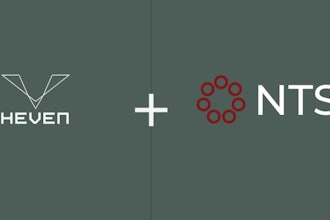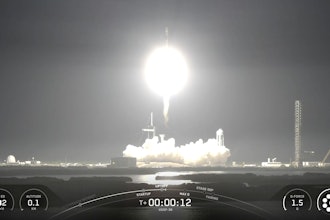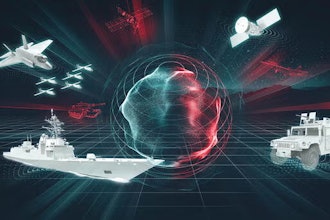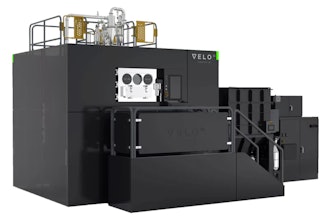Engineers from Sandia National Labs built an automated nine-robot system that has been called the "most complex, automated robotic demilitarization system" built in the last 20 years.
Since the Army started using this system, more than 700,000 submunitions have been demilitarized. Essentially, this is why we first conceived of robots: to do what could otherwise harm, or even kill, humans.
Located at the Anniston Munitions Center’s Multiple Launch Rocket System Recycle Facility in Alabama, the system was commissioned by the Department of Defense to dismantle obsolete ammunition and missiles. Otherwise, the munitions just wind up in storage. Now, the Army can reuse and even recycle some of the materials, like the steel grenade bodies, aluminum warhead bodies and copper.
The system can dismantle up to 21 warheads in a single shift, and while humans still oversee the operation, it has otherwise taken many people out of harm's way.
Each warhead has 644 grenades tightly packed into columns, and this system slowly cuts them apart and detaches the fuses.
The system is not without its design challenges. According to Bill Prentice, Sandia software lead for the project, “Part of the challenge is when you demilitarize warheads like this, you’re working on munitions that are 10, 20, 30 years old. You test on inert munitions that are in pristine condition, but when you start cutting apart warheads and looking at live grenades, they might have some environmental effects that cause process abnormalities, such as grenades being stuck together during removal.”
Sounds risky.






















